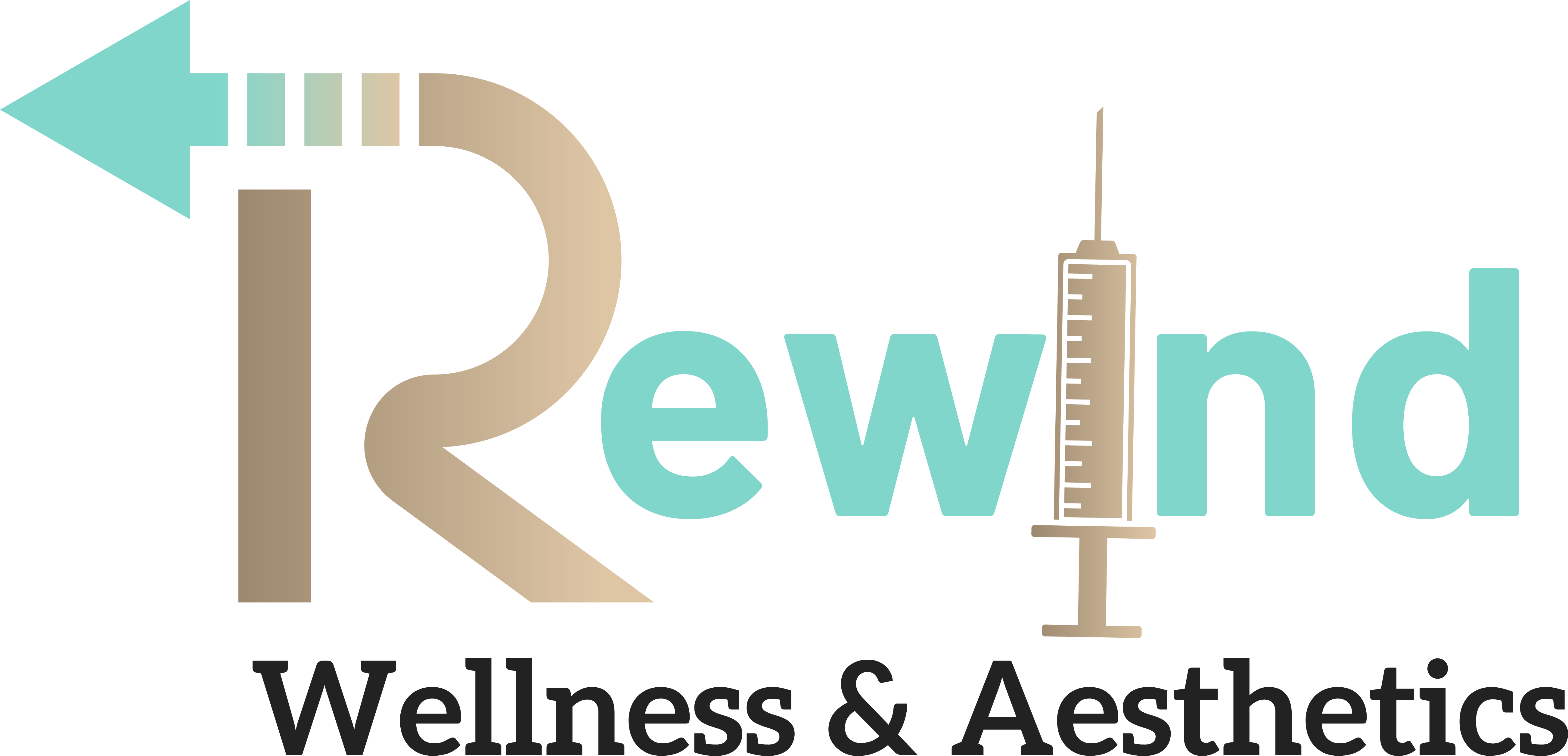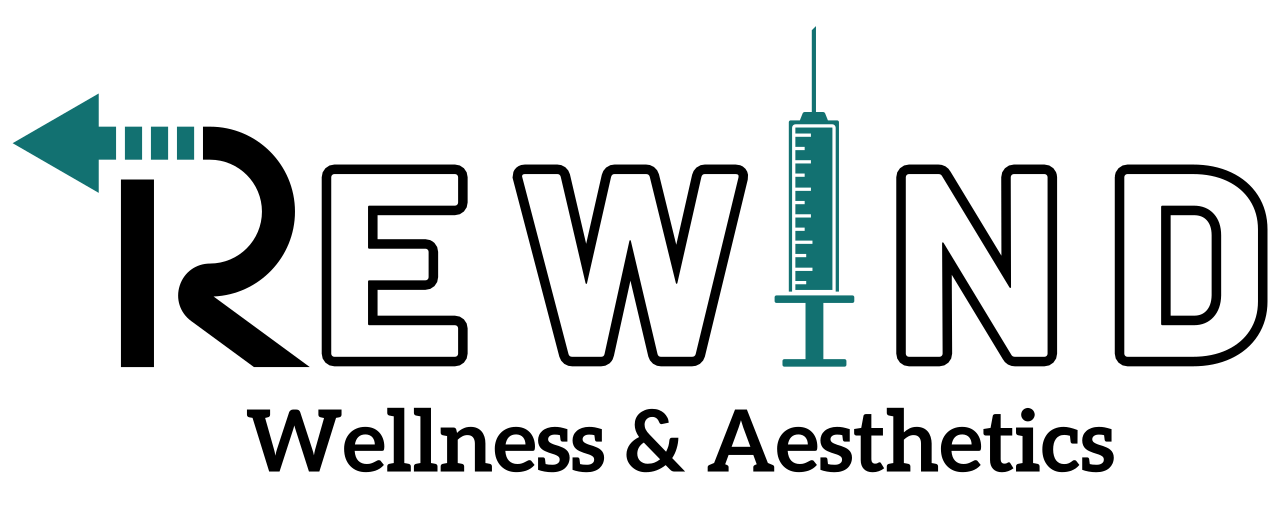Platelet Rich Plasma
- Home
- Platelet Rich Plasma
What is PRP and how does it work?
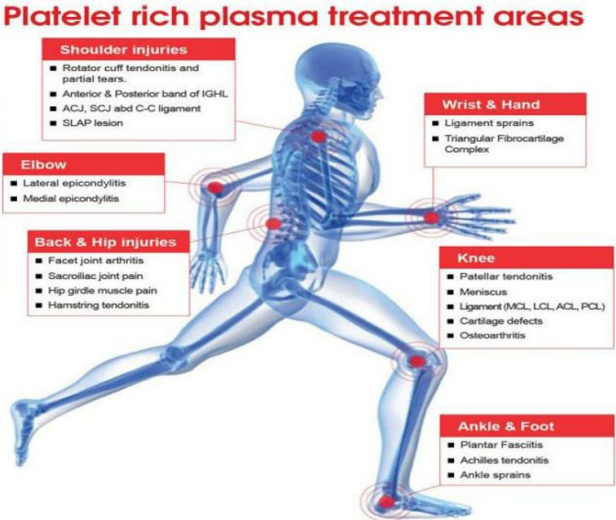
PRP for Joint Pain: How Does It Work?
Reduce Inflammation and Encourage Healing
Joint pain can often be caused by the degeneration of the collagen fibers that form our tendons. When there’s irritation around a joint, inflammation can magnify the pain even further. PRP is packed with nutrients and platelets that encourage your body’s natural collagen production and healing abilities on a cellular level.
How Do I Know When It’s Time to Seek Out Help?
If your symptoms are interfering with your ability to rest or enjoy your daily life, it may be time to seek out treatment. You can also seek out treatment simply to speed up the healing process. In short, if you have any concerns about your symptoms, it’s worth looking into. A consultation is the best way for us to know whether PRP is a good treatment option for you.
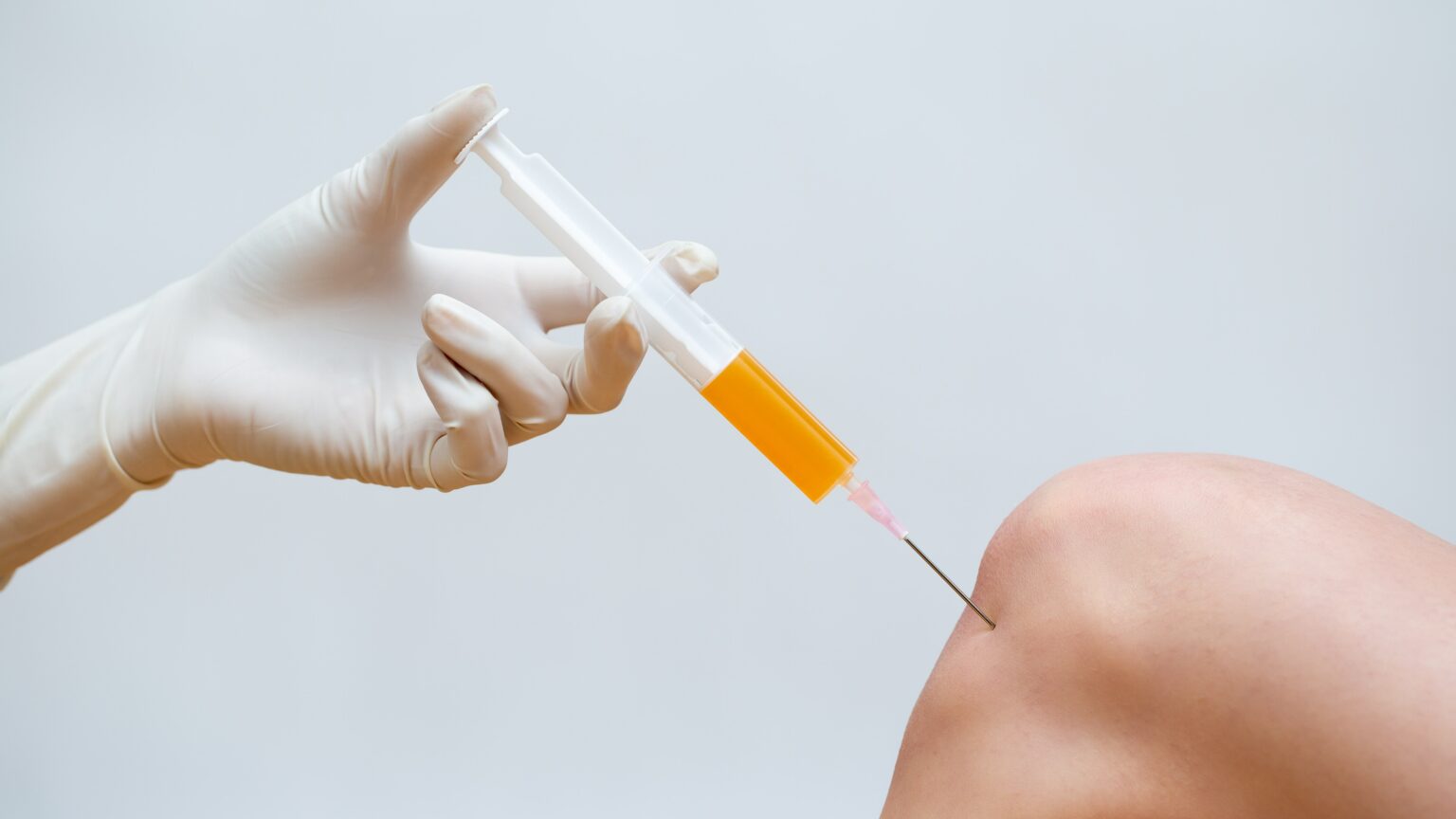
When PRP is injected, both healing and growth factors are released which results in:
-
Collagen stimulation
-
Neovascularization (new blood vessels)
-
Collagen remodeling (for scars)
-
Dermal thickening
-
Stimulating fat growth (improves volume that has been lost to fat atrophy)
-
Wrinkles improvement
If you are looking for a natural way to improve your facial skin and reverse aging, PRP injections to the face should be considered.
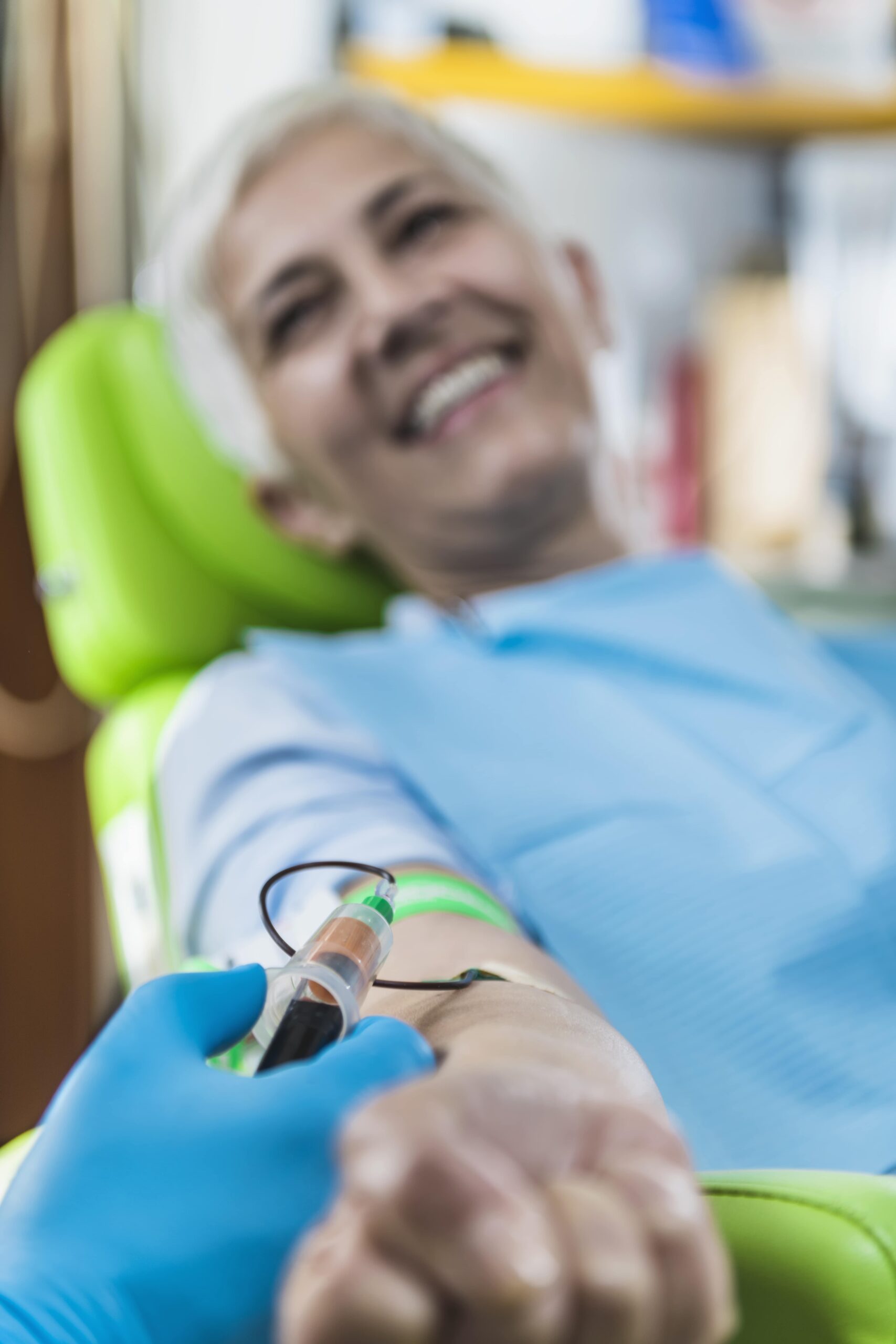
Features of Hair Restoration Treatment
Yes – It really works! PRP is a great treatment modality to slow hair loss as it contains growth factors that increase hair growth and size of hair follicle. It also improves the active growth phase of the hair follicle and slows down apoptosis (cell death).
Features of Hair Restoration Treatment
Yes – It really works! PRP is a great treatment modality to slow hair loss as it contains growth factors that increase hair growth and size of hair follicle. It also improves the active growth phase of the hair follicle and slows down apoptosis (cell death).
HOW?
Growth factors trigger natural hair growth by increasing the blood supply to the hair follicle and the hair shaft. Thus, increasing the thickness of the hair shaft. Therefore, your own growth factors in treating Androgenic Alopecia are promising based on the results of the reviewed clinical studies.
FAQ
Yes. Given we are using your blood, there is little chance of a severe adverse effect. The risk of infection is much less than with other injectables, such as hyaluronic acid or cortisone.
No. Despite the hype, there is no evidence that PRP or any other injectable (stem cells, hyaluronic acid) regenerates your joints or tendons. Instead, they work by improving the environment of the joint or tendon so you feel less pain and can exercise more.
Generally, we think that PRP takes 4-6 weeks to start working. In addition, we recommend more than one injection – usually 2-3 injections every 2-4 weeks.
Generally, we suggest little preparation but recommend the following:
- Hydrate with fluids (1-2L) on the day of the procedure
- Stop all simple anti-inflammatory medications such as ibuprofen at least a week before the procedure and for two weeks post-injection.
Studies suggest the PRP effect lasts up to 12 months, perhaps longer.
Hyaluronic acid
Hyaluronic acid is a naturally occurring substance found in joints, ligaments, and tendons. We know that hyaluronic acid reduces inflammation and stops the breakdown of cartilage.
Evidence suggests that hyaluronic acid injections improve pain and function in knee arthritis. In addition, high molecular weight hyaluronic acid has a better effect than medium to low molecular weight.
Cortisone
Cortisone is a potent anti-inflammatory that reduces pain and swelling in arthritis and tendonitis. Generally, we suggest limiting cortisone injections for inflamed joints from arthritis because cortisone hurts cartilage and tendon structure.
Generally, PRP is well tolerated. However, there are specific contraindications to PRP, including:
- Blood cancer such as lymphoma or leukemia
- Active cancer on chemotherapy
- Blood disorders causing reduced platelet count, such as thrombocytopenia
- Pregnancy
- Chronic use of anti-inflammatory or blood-thinning drugs such as aspirin or ibuprofen
- Suspected septic arthritis or infection
- Injecting into a joint replacement
It depends on the structure and pathology injected. However, generally, we suggest avoiding impact activity in the large weight-bearing joints for a week. For tendons, you need to be a little more conservative and suggest re-engaging with strengthening after ten days and gradually return to running after four weeks.
